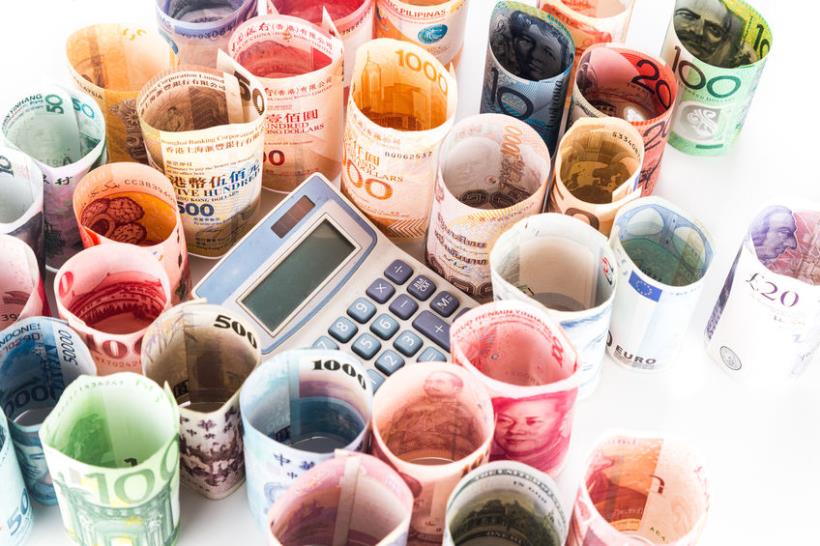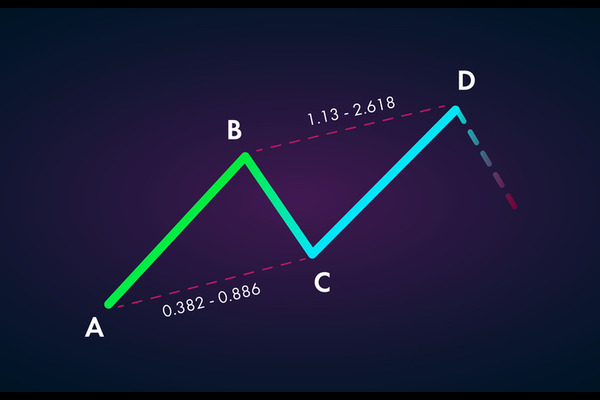The fixed exchange rate system is a monetary system in which the exchange
rate between the currency of one country or region and other currencies is set
to be fixed. Under this system, the currency of a country or region maintains a
fixed exchange rate with a specific anchor currency or Currency basket.

The Fixed exchange rate system is implemented and maintained through the
intervention of the government or the central bank. When the exchange rate
deviates from the fixed exchange rate, the government or the central bank will
take corresponding measures through Currency intervention to maintain the
exchange rate within the predetermined range.
The advantages of the Fixed exchange rate system include promoting the
stability of trade and investment, reducing Foreign exchange risk and market
volatility, and facilitating the planning and forecasting of international
trade. However, it also faces some challenges and problems, such as maintaining
a fixed exchange rate that requires a large amount of foreign exchange reserves,
limiting the independence of monetary policy, and being susceptible to external
shocks and imbalances.
In practical applications, the Fixed exchange rate system can take different
forms, such as the Gold standard system, monetary union, monetary entrustment,
etc. Some countries and regions still adhere to the Fixed exchange rate system,
while others have adopted the Floating exchange rate, which determines the trend
of exchange rates according to market supply and demand.
The Fixed exchange rate system is divided into the following two
categories:
(1) A fixed exchange rate system under the Gold standard Its characteristics
are: the basis for determining the exchange rate of currencies in various
countries is the ratio of the gold content of each country's gold coins, that
is, the parity of coins; The fluctuation of the market exchange rate with the
supply and demand of foreign exchange revolves around the parity of seigniorage.
The fluctuation of exchange rates is constrained by the gold delivery point and
is relatively stable. The formation of exchange rates is spontaneous, and
countries do not have specialized institutions to formulate and manage exchange
rates. There is also no unified arrangement or regulation of exchange rates
internationally.
(2) In the Bretton Woods system, the Fixed exchange rate system is under the
paper currency circulation system. After World War II, the Fixed exchange rate
system with the US dollar as the center was established according to the
Agreement of the International Monetary Fund, which stipulated that the
currencies of IMF member countries should establish a fixed price ratio with the
US dollar according to the legal gold content, that is, gold parity.
The fixed Exchange rate regime is a monetary system whose core feature is to
stipulate that the exchange rate between the currency of a country or region and
other currencies remains fixed.
The following are explanations of some important terms related to the fixed
Exchange rate regime:
1. Fixed exchange rate: A fixed exchange rate refers to the exchange rate
between two currencies set to be fixed and unchanged. This means that the
exchange rate between the currency of one country or region and the currencies
of other countries or regions will always remain unchanged.
2. Anchor currency: In the fixed Exchange rate regime, the currency of one
country or region is usually anchored to the currency of another country or
region. This means that its exchange rate is bound to a specific exchange rate
level to maintain stability.
3. Foreign exchange intervention: Foreign exchange intervention refers to
actions taken by central banks or government agencies to influence changes in
exchange rates. Under the fixed Exchange rate regime, foreign exchange
intervention is usually used to maintain the fixed exchange rate free from
market forces.
4. Foreign exchange reserves: Foreign exchange reserves are foreign currency
assets held by a country or region. In the fixed Exchange rate regime, the scale
of foreign exchange reserves is usually an important factor in maintaining the
stability of the fixed exchange rate.
5. Monetary Union: A monetary union is an economic and monetary cooperation
system formed by multiple countries or regions jointly adopting the same
monetary system. They share the same fixed exchange rate and monetary policy to
achieve economic integration and monetary stability.
The fixed Exchange rate regime is conducive to promoting the stability of
trade and investment and reducing Foreign exchange risk and market volatility,
but it also requires the government or the central bank to have sufficient
foreign exchange reserves and capabilities to maintain the stability of the
fixed exchange rate and bear the corresponding policy adjustment
responsibilities.







